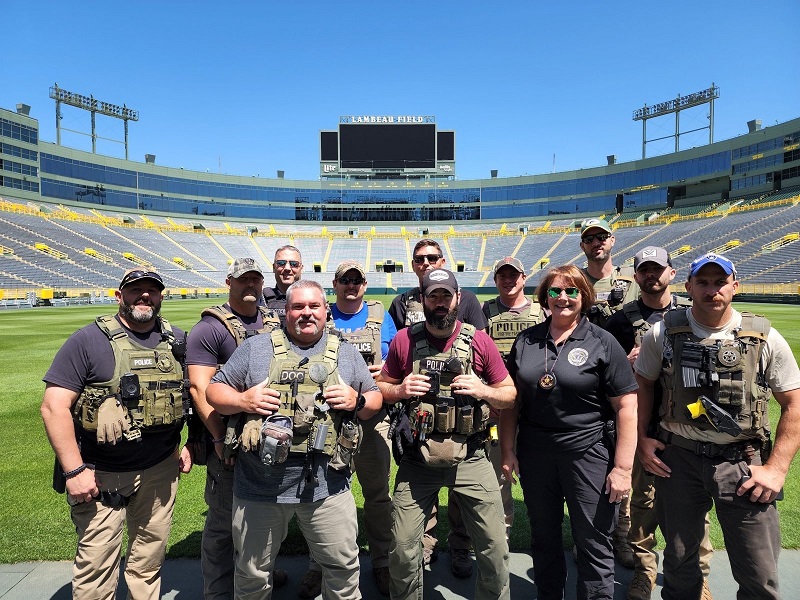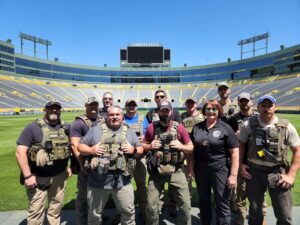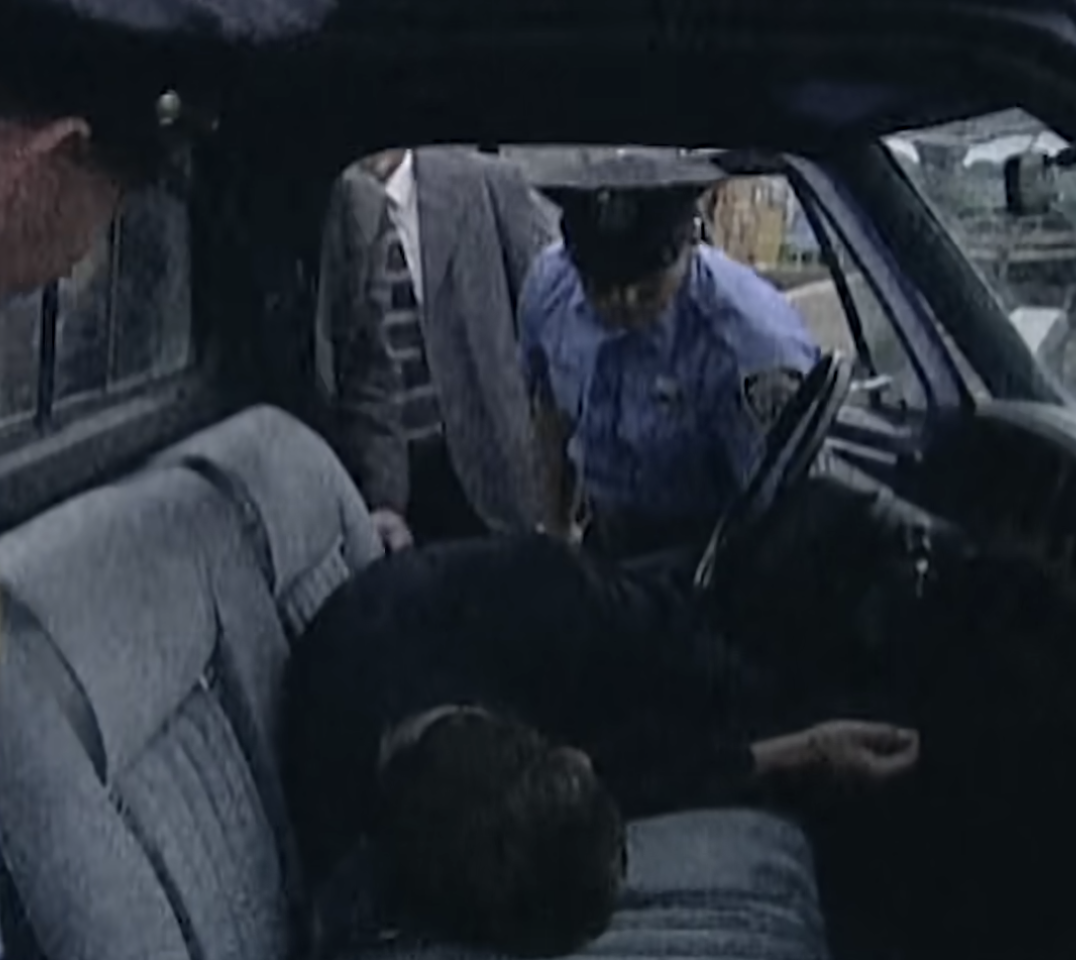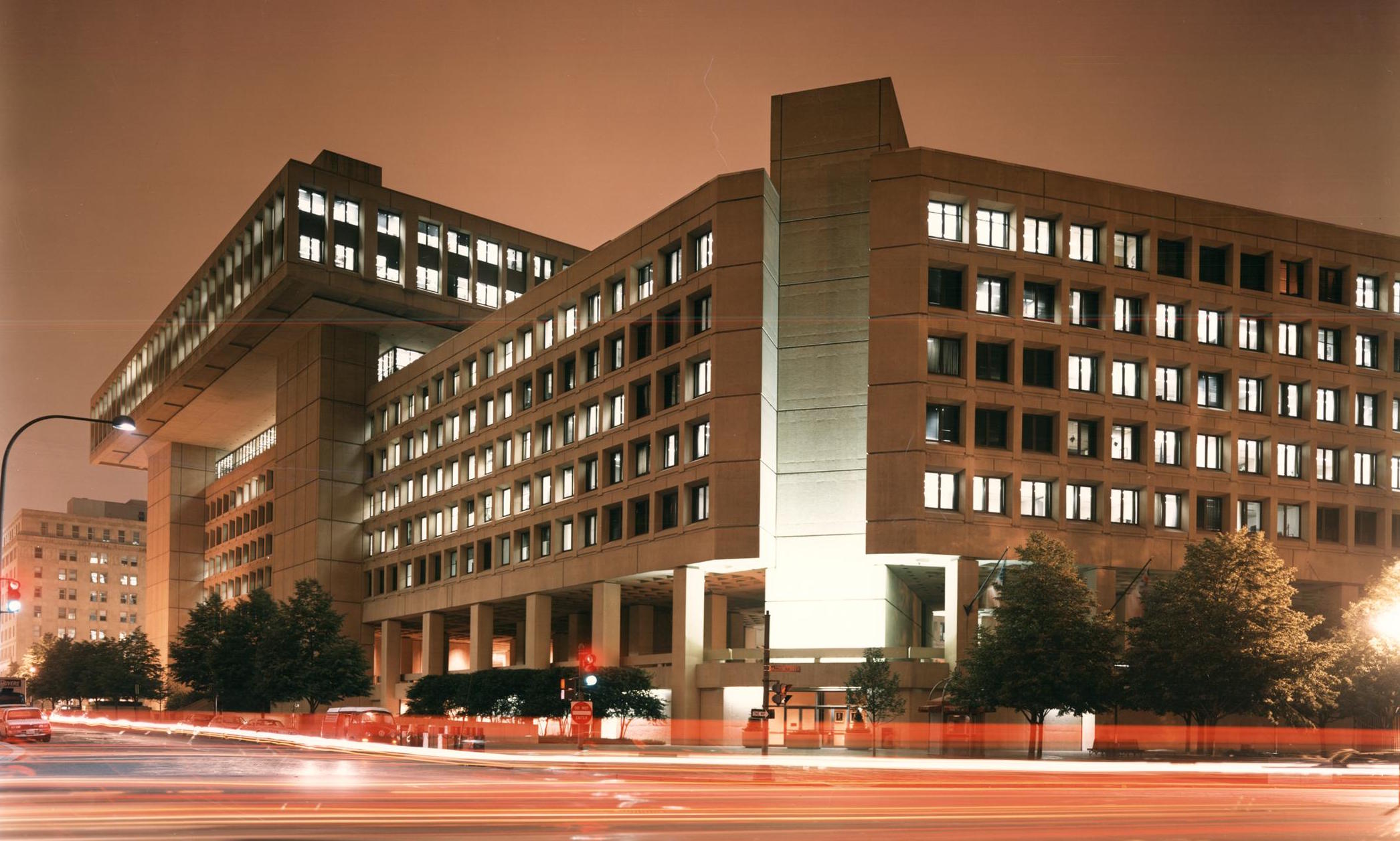By Steve Neavling
The U.S. Marshals Service said Wednesday that it’s committed to increasing the number of women who work for the agency.
The agency is trying to recruit more women and working to better support existing employees.
The U.S. Marshals Service joined a national effort called “30×30,” which aims to increase the representation of women in police recruit classes to 30% by 2030.
“I have been in law enforcement for 43 years and the percentage of women in law enforcement has always been 13% or lower through my entire career and there have never really been any efforts to increase that,” U.S. Marshal Anna Ruzinski, who leads the 30×30 committee, said in a statement. “So, the 30 by 30 program is really an attempt to finally make some progress and increase women in law enforcement.”
The committee began meeting in February.
“We are looking at things like the hiring practices, the promotional practices, the recruitment practices, and seeing where there are some improvements we can make,” Ruzinski said. “It’s not just for the improvement of bringing on more women, but making the USMS fair and equitable for everyone.”
Behind the effort is the idea that diversity enhances and enriches law enforcement.
“The initiative is not about lowering standards, but about capitalizing on the capabilities women bring to law enforcement. And it is even more than advancing just women, it is about having the most qualified carry out the mission,” Ruzinski said. “Creating a fair and equitable environment within the agency enhances the diverse and elite workforce in the USMS, because we know this is a great agency.”
Studies have shown that women are generally better than men at deescalating use of force. They are named in fewer complaints and lawsuits and perceived as being more honest and compassionate.
“It is amazing to see the amount of passion, the amount of pride these women have,” Ruzinski said. “This group of women that came together just reinforces the pride that I have being a U.S. Marshal. A lot of these women have been with the agency for over 20 years, some of them over 30 years.”






